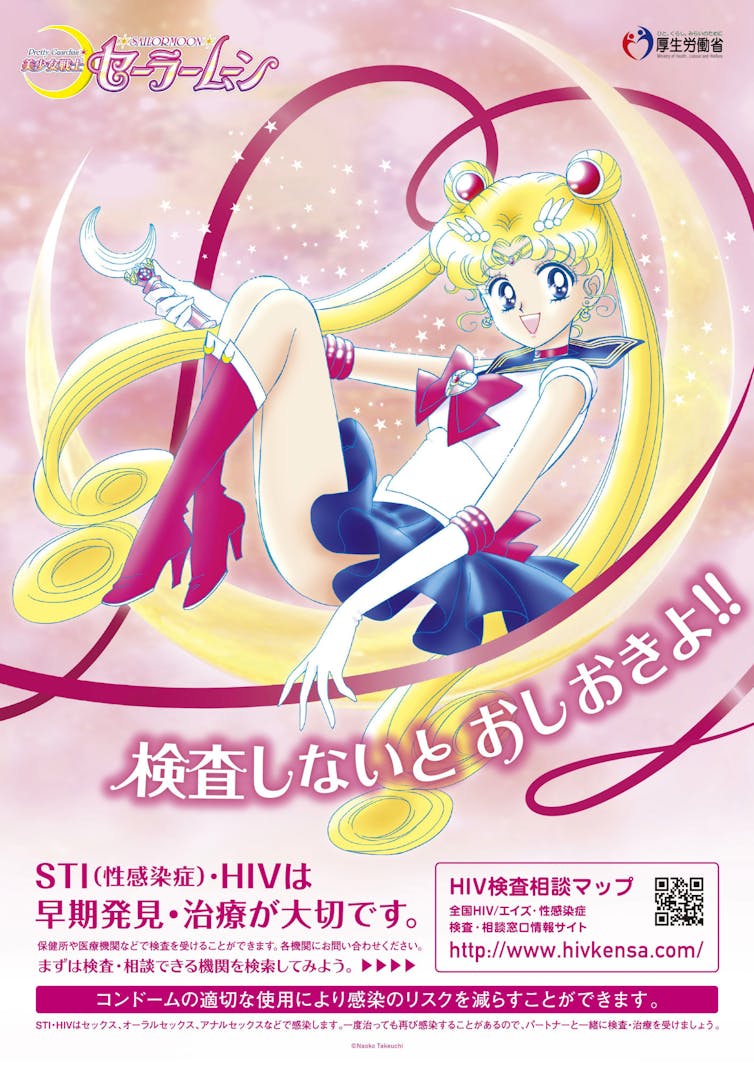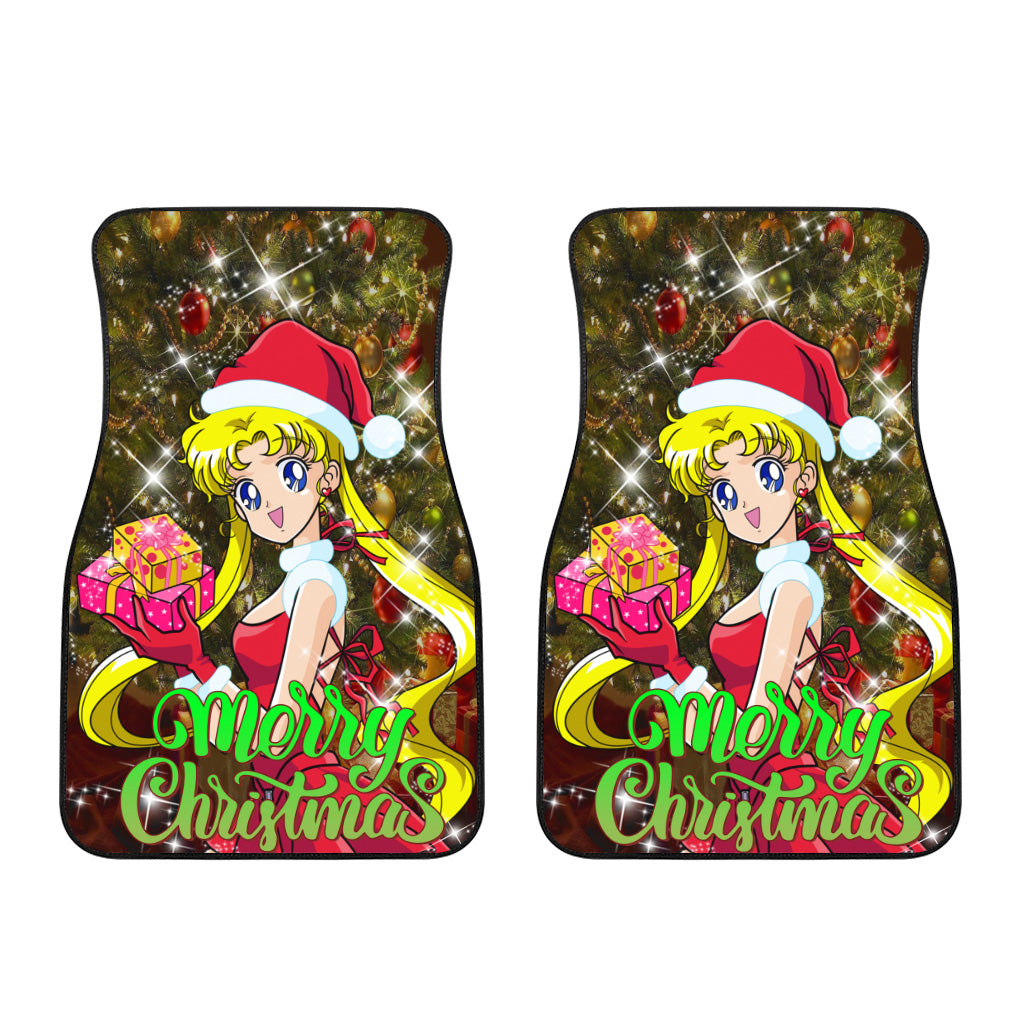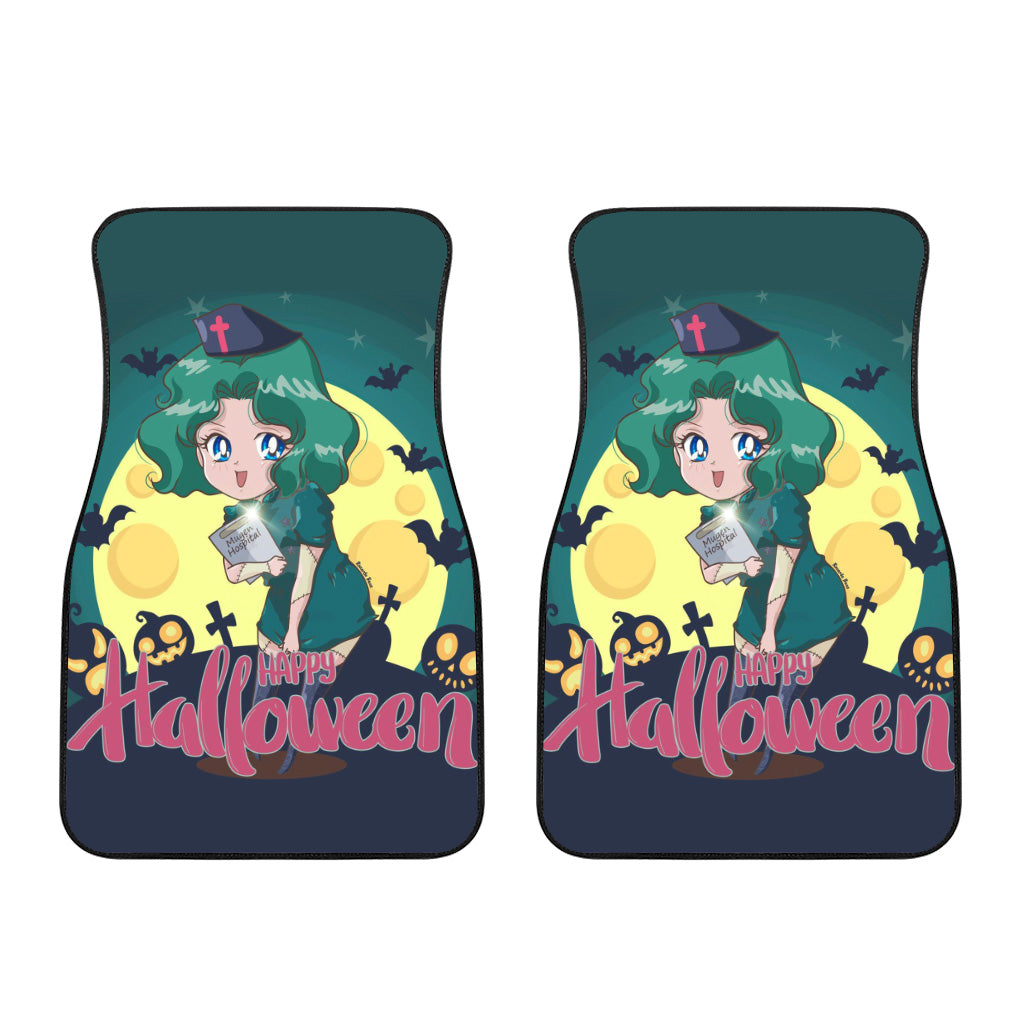Anime, Sailor Moon
Sailor Moon’s 30-year charm: Why audiences remain obsessed

Sailor Moon, the iconic animated series that has graced our screens for over 30 years, still holds a special place in the hearts of fans worldwide. Its enduring popularity is evident in the continuous production of themed merchandise, ranging from luxurious, crystal-encrusted Jimmy Choos to trendy Black Milk leggings and specialty stationary items. As we eagerly await the release of the final chapter of the Sailor Moon Crystal reboot, it’s hard not to ponder: What is it about this captivating tale of fighting evil by moonlight and winning love by daylight that keeps us so enthralled?
While Sailor Moon was not the first “magical girl” anime series, it undeniably left an indelible mark on the genre, both in Japan and around the globe. Created by Naoko Takeuchi as a continuation of her previous series Code Name: V, Bishōjo Senshi Sērā Mūn (Pretty Guardian Sailor Moon) made its debut in 1991 and ran until 1997. It was accompanied by an animated series in 1992, and an English-language dub was released in 1995 by DIC Entertainment.
The narrative revolves around the adventures of Usagi Tsukino (Serena, in the English dub) and her school friends as they bravely battle against the forces of evil, navigate the complexities of love, and strive to meet their academic responsibilities. Sailor Moon revolutionized the magical girl genre by seamlessly blending girls’ storylines with elements inspired by the Super Sentai series, which may be familiar to audiences as the basis for Mighty Morphin’ Power Rangers.

What sets Sailor Moon apart is its unique amalgamation of tales about friendship, love, and self-discovery with a monster-of-the-day format, all intertwined with the vibrant presence of color-coded superheroes. This captivating fusion struck a chord with audiences, transforming Sailor Moon into a cultural phenomenon that transcended traditional gender boundaries.
Originally published as a shōjo manga, or “girls comic,” Sailor Moon’s target readership does not limit its appeal. It’s important to recognize that these marketing labels are intended to indicate the intended demographic rather than the breadth of themes and styles within the genre. Both shōjo (girls) and shōnen (boys) manga encompass a wide range of narratives, including fast-paced action, compelling love stories, science fiction, high fantasy, and suspense. Manga targeting girls and young women often incorporate elements of fashion, showcasing characters in stylish ensembles to reflect the latest trends. Notably, Naoko Takeuchi drew inspiration from renowned fashion collections by Dior, Mugler, and Christian Lacroix, and even recently illustrated the 2023 Chanel Collection.
For Western viewers in the late 1990s, Sailor Moon provided an influential role model alongside other empowering female characters like Buffy the Vampire Slayer and Xena: Warrior Princess. It demonstrated that being a princess didn’t mean one had to shy away from standing up for oneself and fighting for what’s right.
To celebrate the 20th anniversary of the series, Sailor Moon and her friends received a fresh makeover for the Sailor Moon Crystal re-release, which commenced in 2014. This updated version of Sailor Moon struck a chord with a younger generation of anime enthusiasts, breathing new life into the beloved characters and their compelling journey.

Throughout its impressive 30-year run, Sailor Moon has spawned numerous collaborations and partnerships, resulting in an array of commemorative merchandise. Girls’ magazines, known for their tradition of including “fancy goods” as gifts, have played a significant role in featuring Sailor Moon-themed collectibles. These collaborations range from simple cardboard toys to high-profile designer collaborations, such as the upcoming UniQLO UT t-shirt release and a partnership with Sanrio featuring Hello Kitty. Furthermore, there are more direct fashion connections, including the attention-grabbing collaboration with Jimmy Choo launched in February, featuring a made-to-order, pink crystal-encrusted boot priced at a staggering A$21,846.18 (¥1,975,600).
One collaboration that caused quite a stir was the venture with lingerie company Peach John, which introduced sailor collar padded bras and matching panties as part of Sailor Moon’s 20th-anniversary celebration. Interestingly, this occurred during a time when the legal age of adulthood in Japan was 20, adding a somewhat ironic twist to the idea of coming of age, particularly since the Sailor Moon Crystal re-release portrayed Usagi and her friends as 14-year-olds once again.
The recent collaboration between Sailor Moon and Jimmy Choo, coinciding with Sailor Moon’s 30th anniversary, carries a delightful symbolism. The characters have now reached an age where they appreciate the allure of stylish footwear, just like the global audience of fans who have grown alongside them, reminiscent of the protagonists in Sex and the City.
Sex and the City gained immense popularity in Japan, sparking a sexual revolution that encouraged late 1990s viewers to engage in frank conversations about sex and desire. In many ways, Sailor Moon’s collaboration with Jimmy Choo captures the essence of this evolution, symbolizing the growth and empowerment of both the characters and their dedicated fanbase.

Amidst the exciting collaborations and anniversary merchandise, Sailor Moon has not shied away from addressing important social issues. One unexpected collaboration involved the release of a line of condoms, aiming to raise awareness about Japan’s syphilis and STI epidemic. Although some questioned the suitability of Sailor Moon as a mascot for such a cause, it serves as a reminder that battling STIs is just another form of conquering the daily “monsters” that threaten our well-being.
As Sailor Moon nears its grand finale with the upcoming release of the Sailor Moon Cosmos two-part film, fans eagerly anticipate the culmination of the series. This final arc, adapted from the Sailor Moon Sailor Stars anime and manga, introduces the Sailor Starlights, a group of characters who transform from male idols to female Sailor Scouts. This storyline holds particular significance in light of ongoing struggles for LGBTQI+ equality in countries like Japan, the United States, and Australia. The reception and interpretation of Sailor Moon Cosmos within the context of these battles will undoubtedly be thought-provoking and may shed light on the evolving nature of acceptance and representation in media.
In the end, whether Sailor Moon remains a steadfast symbol of 1990s Girl Power or emerges as a contemporary champion of truth, justice, and love, her impact is undeniable. Her story has resonated across generations, inspiring countless individuals to embrace their inner strength, celebrate their unique identities, and fight against the forces of darkness that threaten their world.
We bring out some of the most well-known Sailor Moon collection, all of which are available at reasonable costs. Visit our link now if you are interested in the Sailor Moon collection


Sailor Moon,Tuxedo Mask,Sailor Mercury,Sailor Mars,Sailor Jupiter,Sailor Venus
